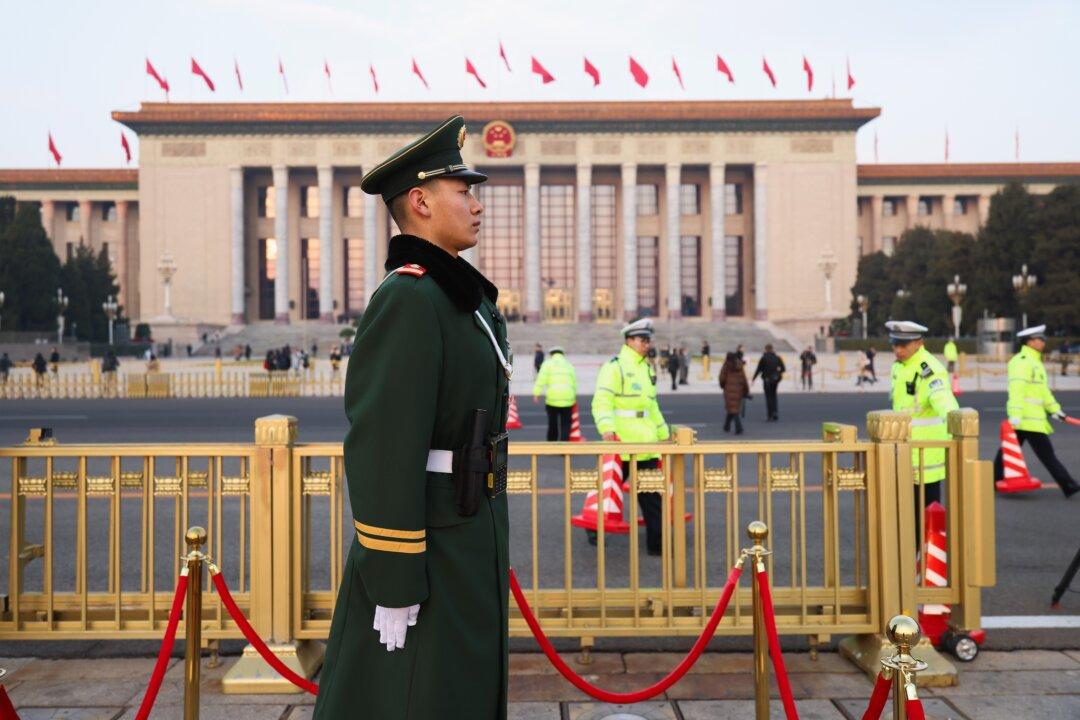Advocates for a rapid transition to net-zero have not explained the real limitations of battery storage supposed to underpin the viability of the net-zero push, according to an industry engineer.
Nick Kastelstein, a senior mechanical engineer at GPA Engineering, says media coverage has also failed to inform the public about the true nature of Australia’s energy needs, claiming the debate has been oversimplified.





